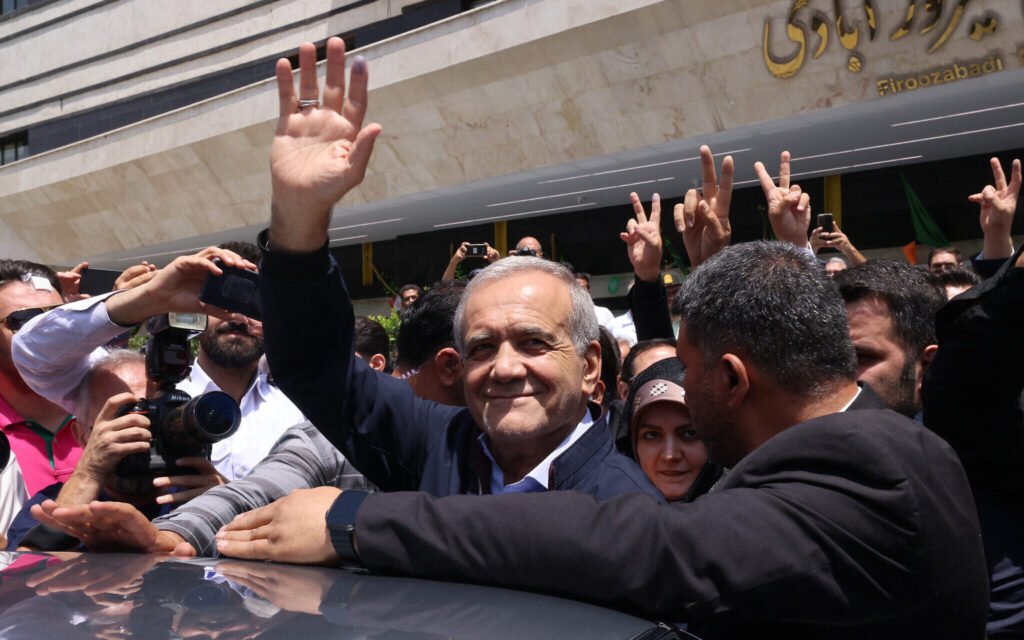By Emmanuel Yashim
Reformist Masoud Pezeshkian and hardliner Saeed Jalili are in a close race in Iran’s presidential election, according to early results, suggesting the country could be headed to a run-off vote next week.
With about 19 million ballots counted, Pezeshkian, a former health minister, had garnered around 43.5 per cent of the the vote.
Jalili, a former negotiator in nuclear talks with Western powers, followed on his heels with 37.7 per cent.
Parliamentary speaker Mohammad Bagher Ghalibaf was in third place with around 14 per cent of the vote, the head of the electoral authority said on state television on Saturday.
The fourth candidate, cleric Mostafa Pourmohammadi, has received less than 1 per cent of the vote.
If none of the candidates secures an absolute majority, a run-off vote will be held on July 5.
Some 61 million voters in Iran were eligible to elect a successor to hardliner Ebrahim Raisi on Friday after he died in a helicopter crash in May.
The polling stations were scheduled to close at 6 pm on Friday, but the electoral authorities extended voting in the evening until midnight.
Meanwhile, assailants attacked a vehicle belonging to election workers in south-eastern Iran late Friday, killing two security personnel.
The incident happened in Sistan and Baluchestan Province as ballots were being transported to the city of Rask.
No group immediately claimed responsibility for the attack.
The Sunni militant separatist group Jaish al-Adl is active in the province and has stepped up its attacks in the area.
Both Iran and the United States classify Jaish al-Adl as a terrorist organisation.
The election comes amid a severe economic crisis, tensions with the West and regional powers in the Middle East, and frustrations among the public with the enforcement of state authority, especially among the younger population.
Many Iranians, especially young people, have however lost faith in major political change at home.
The death of the young Kurdish woman Jina Mahsa Amini in autumn 2022 sparked nationwide protests against the Islamic system of rule, but the protests were quashed with harsh punishments for demonstrators.
The president is only number two in Iran’s power structure as Supreme Leader Ayatollah Ali Khamenei functions as the head of state and has the final say in all strategic matters.
He is also commander-in-chief of Iran’s armed forces.
(dpa/NAN)
